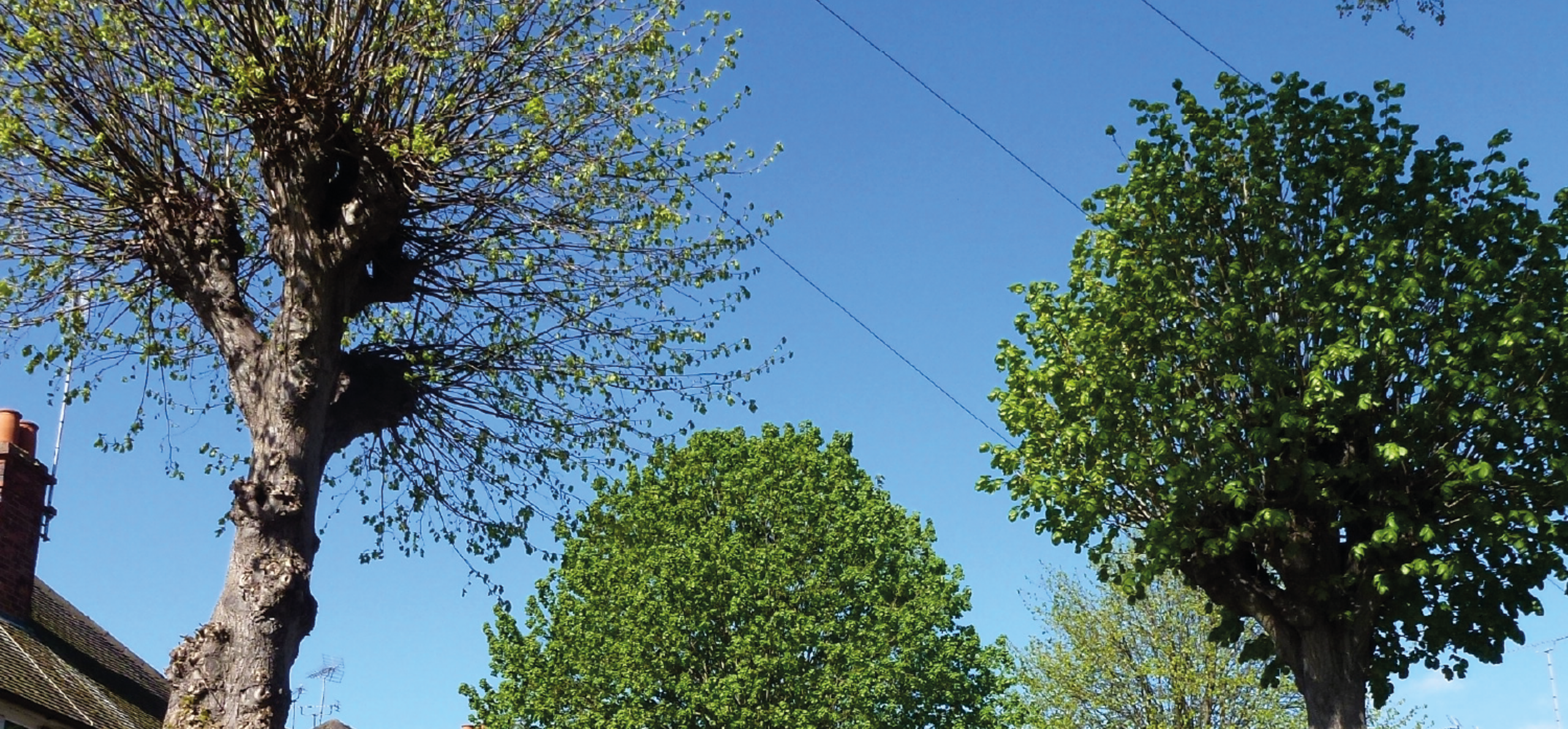Trees help provide a better environment around Reading for wildlife and people alike. They soak up water runoff, filter polluted air, and provide shelter and shade in different weather conditions.
In this blog, part of Our Green Stories, learn how to identify different tree species, and explore the four most common ones in Reading today!
How to identify different trees
When seeking to identify a tree, there are a few good places for you to start.
- Study the leaves or needles. Different trees have different shaped leaves. Some have simple leaves, like the wavy edges found on oak leaves. Others have compound leaves like rowan; each is 5-7 pairs of leaves with a terminal leaf.
- Check out the flowers, fruit, berries or seeds. These appear in different seasons of the year and help narrow down identification. Fruit from trees comes in multiple forms, including nuts, cones, berries, samaras and catkins.
- Look at the tree size, shape and location. Identifying urban trees can be challenging as towns and cities often have a high diversity of tree species, including many originating from other parts of the world. Native trees are generally more popular as food sources for other creatures, so they tend to support more wildlife, but trees of all kinds can provide shelter and act as ‘green corridors’.
For more tips, check out the Woodland Trust’s useful guide.
Lime trees
Lime trees are common around Reading, with almost 2,000 under council management! You can see them beside the war memorial outside the Forbury Gardens (look for the shoots at the base and shiny residue on its heart-shaped leaves).
Lime was often planted along avenues and streets for shade and amenity, as it is fast-growing and can withstand all kinds of growing conditions. Its sweet-smelling flowers produce a lot of nectar, making it good for wildlife, including bees. Aphids thrive on it in summer and produce sticky honeydew, and it has a habit of sprouting shoots from the base of the trunk. Because of this inconvenience, it is now less popular as a roadside tree.
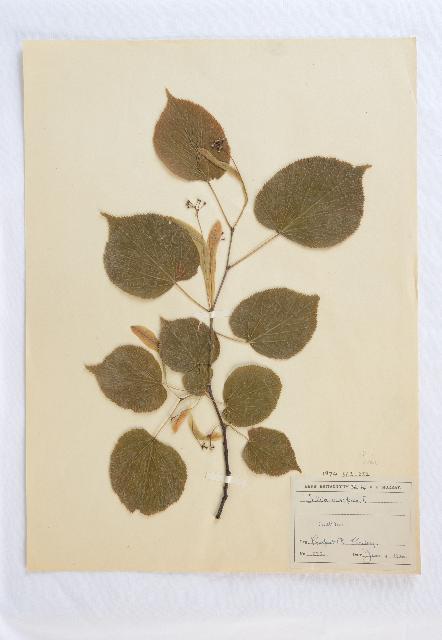
These lime leaves were collected by V.E. Murray, whose collection makes up about the half the museum herbarium, on 14 June 1914. (REDMG : 1974.362.232)
London plane
London plane has been a common street tree since the eighteenth century. Some people say its flaky bark (that looks like camouflage paint) helps it withstand pollution. While this may not be true, it certainly keeps the tree looking fresh, and London plane are tough enough to cope with other urban hazards such as compacted or paved-over soil. It also rarely sheds branches. It can grow to enormous heights and is often managed by pollarding.
The towering trees in Broad Street and Kendrick Road are London plane trees.
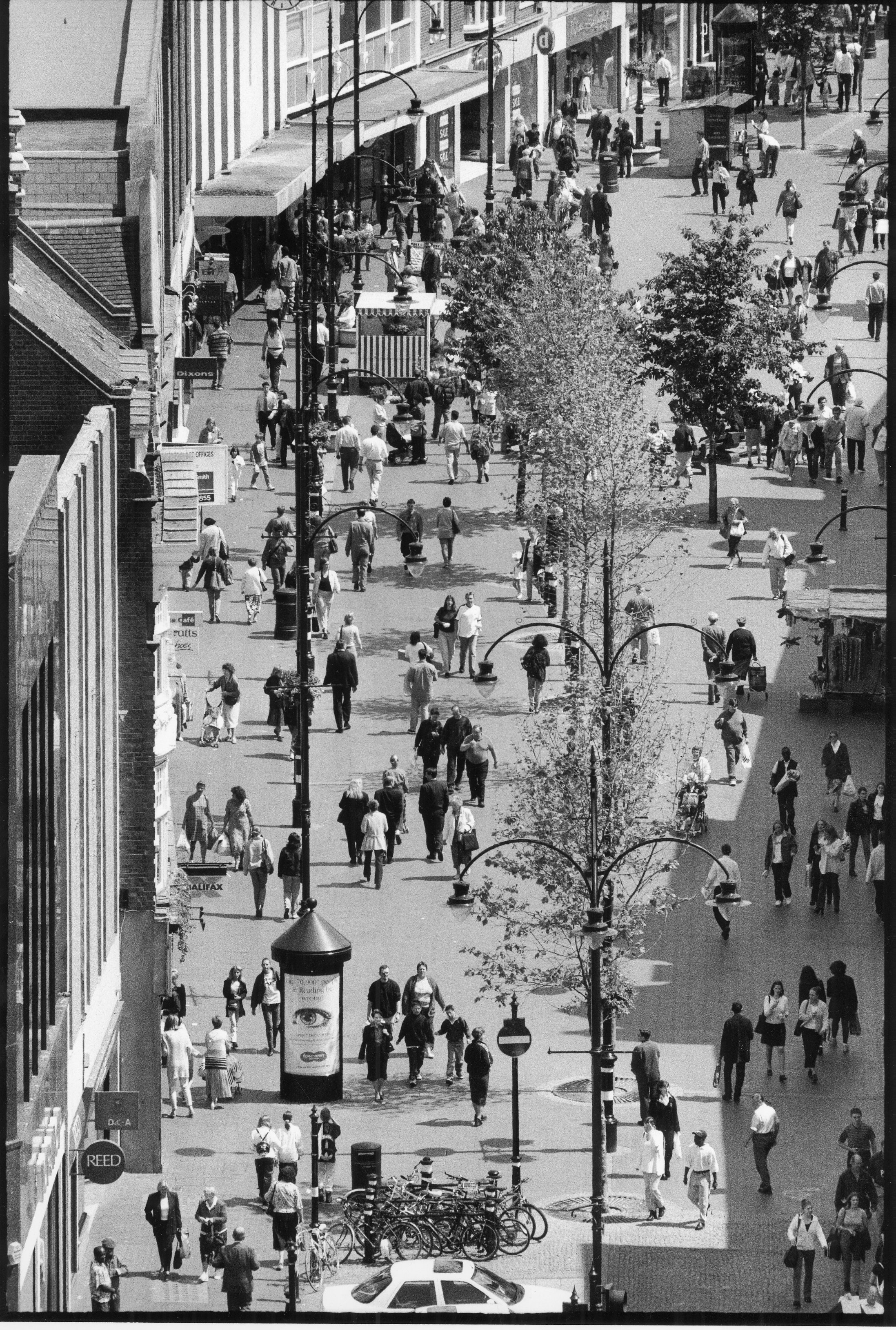
A black and white photograph of the view down Broad Street from the top of Fountain House showing the young lime trees in 1999. (REDMG : 1999.47.7)
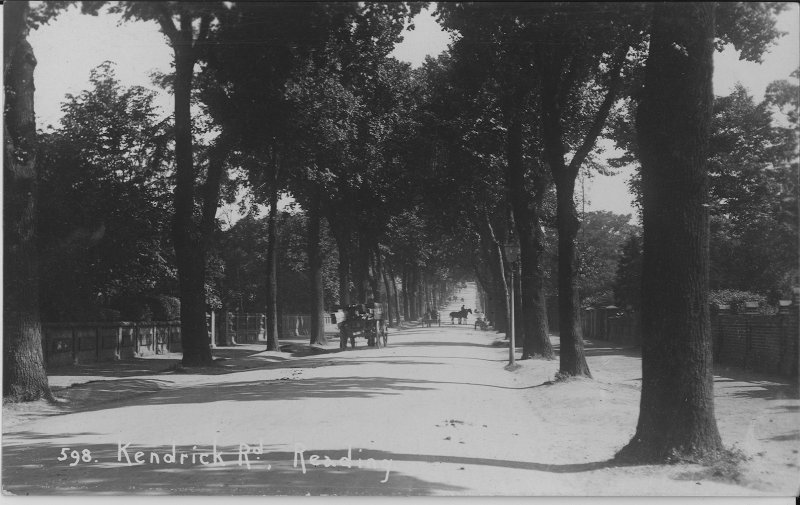
This postcard shows Kendrick Road and its avenue of lime trees in 1913.
Horse chestnut
The seeds of horse chestnut trees are more commonly known as conkers! These are large spreading trees, often grown on avenues and in parks. The tree’s pink or white flowers each produce a seed wrapped in a hard spikey case, which falls to the ground in autumn. Deer and other mammals eat the conkers, which historically were an ingredient in medicine for horses. Its leaves often go brown in August due to infection by a leaf-miner moth, but this seems not to harm it.
This herbarium specimen of horse chestnut leaf and flower spike was collected from the Recreation ground on Gosbrook Road, Caversham, on 21 May 1976 by H. H. Carter. (RED MG : 1998.198.458)
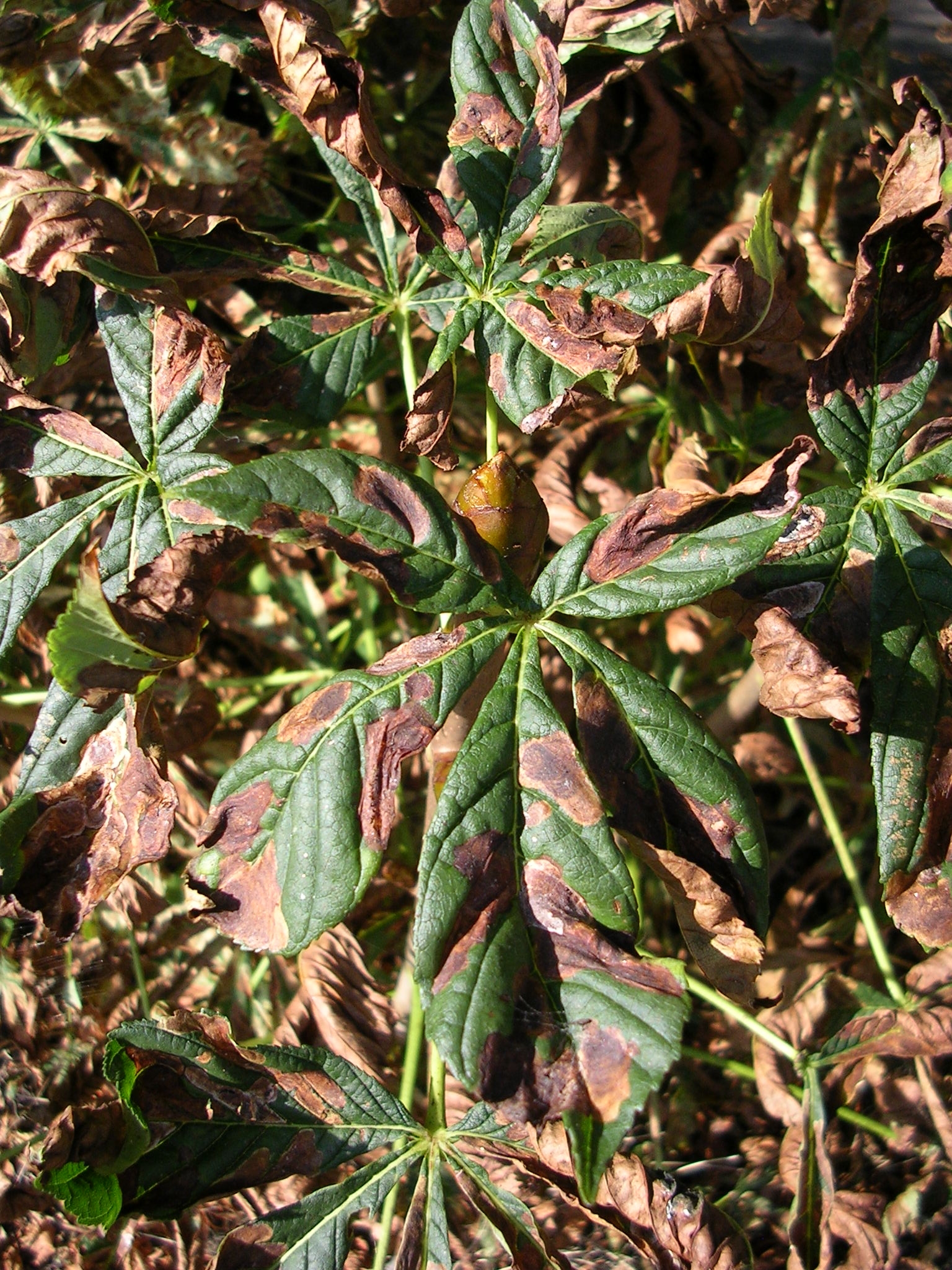
A horse chestnut leaf damaged by leaf mining fauna.
Elm
The sole surviving elm tree in Reading is perched just beside the new Christchurch Bridge. Around Reading, mature elms began to die from Dutch elm disease in the 1960s. This disease results from a toxin-releasing fungus, which fungus-carrying beetles spread when they bore through elm bark.
Learn more and support local conservation
Did you know Reading has a tree strategy? The Council owns and manages approximately 12,500 specimen trees throughout the town!
If you’re planning to plant a tree or shrub, the Royal Horticultural Society has information on types of native (and naturalised) trees and their growing habits, so you can find one that’s suited to the space you have.
Lastly, if you're interested in finding out more about trees in Reading and helping them thrive, take a look at the Reading Tree Wardens website. It also features self-guided tree walks for different parts of the town.
Find out more about Our Green Stories, an environmental campaign by Museums Partnership Reading.

